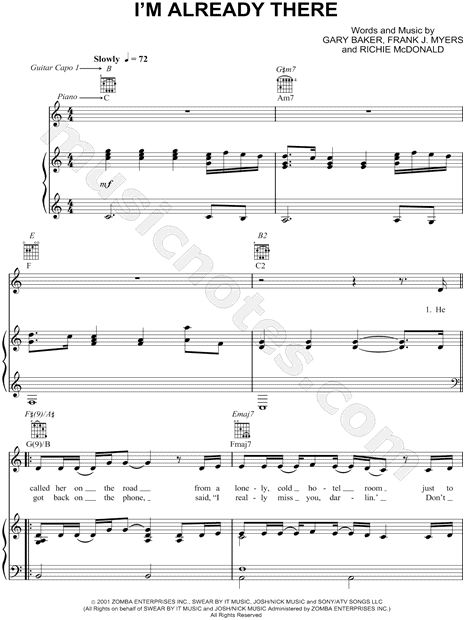
And that skill of reproducing a sound that you hear in your head forms the core of your musicianship.įiguring out a song by ear ingrains the sound in your ‘musical system’ in a way that’s much deeper than when you’re just copying a tab. You’re listening to the sound first, processing it, and figuring out a way to reproduce it. You’re not trying to match a bunch of symbols (whether tab or notes) to sound. When you figure out songs by ear, your relationship to sound changes. Lastly, I'll list some suggestions for different songs you can learn by ear, grouped by difficulty level. I'll also show you how you can use music theory to make the process of learning chords and harmonies by ear easier.

This section will give you a step-by-step guide that shows you exactly what to do. Grab your guitar right now and we'll get started by figuring out this next riff by ear. It makes things easier by providing note-by-note help for each song you figure out. These are all songs you'll learn in my course Make Your Ears Awesome: Kick-Starter. LCD Soundsystem - Daft Punk is Playing at My House.To start practicing, I have some suggestions for some riffs and melodies that you can figure out. Within just a few weeks your skills will go through the roof. But what if you set a really modest goal for yourself? Try to figure out just three or four notes a day. I know it can seem a little bit overwhelming if you’ve never done this before. Getting better at it is simply a matter of doing. The plan above shows you the basic steps you need to go through to figure out a song by ear. Plus, if the music is way too fast for you to hear what’s going on, it might still be a bit too fast for you to play anyway. You want to find songs that are challenging but not overly so. As a rule of thumb, if you need to slow the tune down to more than 80 percent of the original tempo, it might be a good idea to find a song that’s a bit easier. I use The Amazing Slow Downer or Transcribe! for this, but you can also use VLC Media Player, Audacity or Tune Transcriber which are all free. Sometimes, it can be a bit easier to learn songs by ear when you slow down the music a little. Slide back those four or five frets and you’ve found the exact same note! (The only exception is when you're moving from the g string up to the b string, which is four frets). higher in pitch and physically closer to the ground), that’s the same as moving up five frets. Hint: When you go one string higher (i.e. So now it's time time to look for a way to play some of the notes on other strings too. If you’ve stuck to one string, the melody might be a little hard to play that way. Last thing: if you want to learn more about training your ears in general, check out this in-depth guide to ear training. If you're a StringKick All Access Member, these courses are all included in your membership of course! Through interactive TAB and Chord Schemes, they'll help you figure out over a hundred songs by ear. Lastly, I'll tell you a bit about the courses I created to help you put in the practice you need: Make Your Ears Awesome: Kick-Starter, Make Your Ears Awesome: Riffs and Melodies and Make Your Ears Awesome: Chord Progressions.
#I found it all chords how to
The second section will show you how to learn chords and harmonies by ear. The first section is focused on riffs and melodies. So if you're excited about learning this awesome skill, I'll show you exactly how to learn songs by ear in this guide. It feels like you totally ‘own’ the music when you learn songs by ear. Plus, there’s something extremely satisfying about having figured out a song yourself.

It's why I like to start figuring out songs by ears even with complete beginners: it's how you develop your musicality from day one. In fact, it's vital to developing your inner music skills that help you do things like jam, improvise, write music, improve your timing, play by ear. It’s not just a great way to avoid the boredom and tediousness that can set in after playing tabs for a while. Learning songs by ear is not just a great way to never ever have to visit some tab site again, navigating your way through annoying ads and sifting through incorrect tabs.
#I found it all chords tv
My ears improved dramatically when I stopped using tabs, and started to use my ears all the time to figure out licks, vocal melodies, bass lines, chord progressions, stuff I heard on tv and entire songs. It’s not how it became second nature to hear something and play it immediately. But although it was useful, I don't think it was how my ears got to the level of my teacher. Oceans lyrics and chords key of c.So what’s the right strategy? There are countless ear training sites, apps, and books that have you practice recognising intervals, triads and seventh chords and so on.


 0 kommentar(er)
0 kommentar(er)
